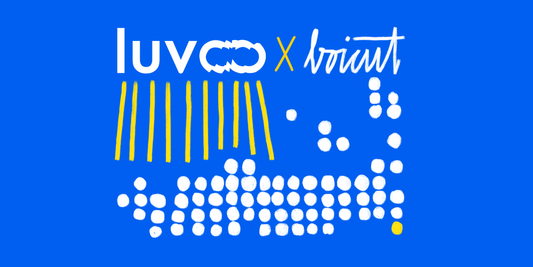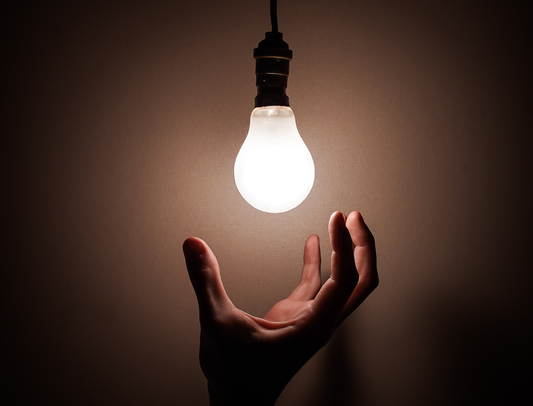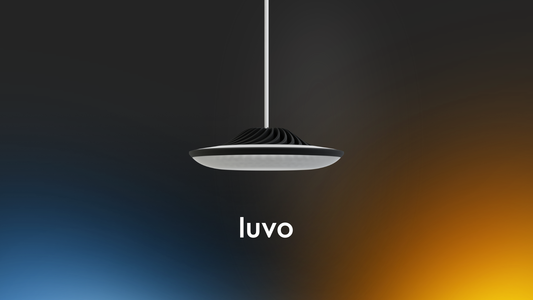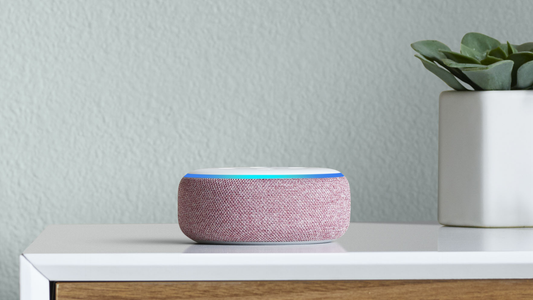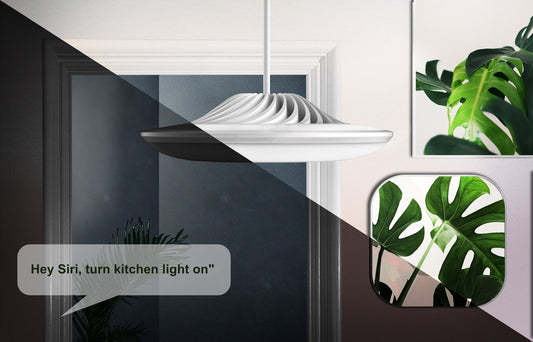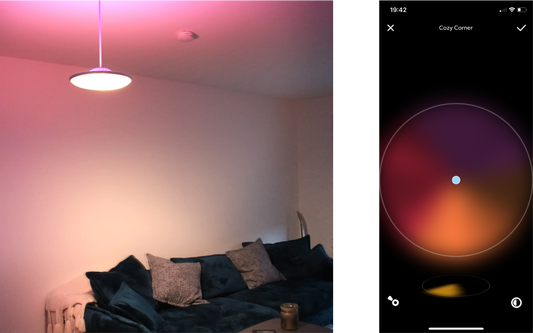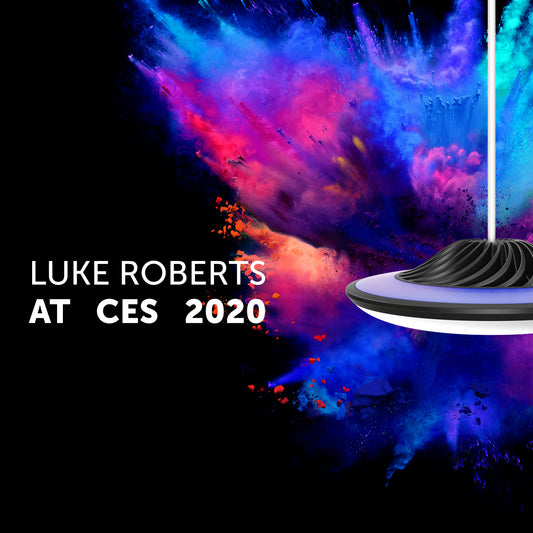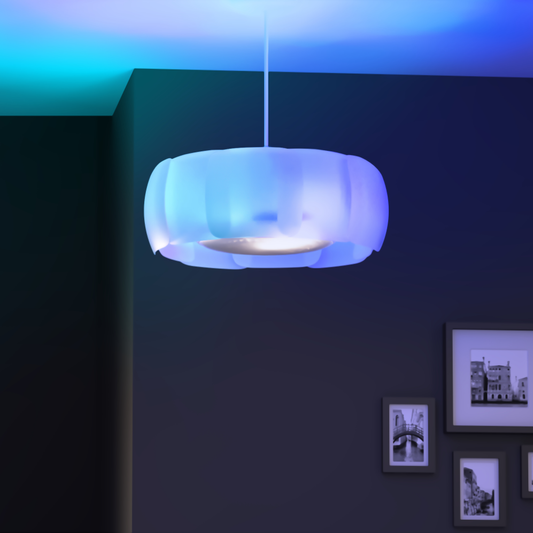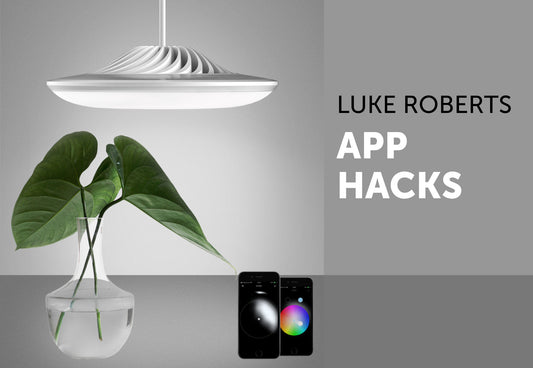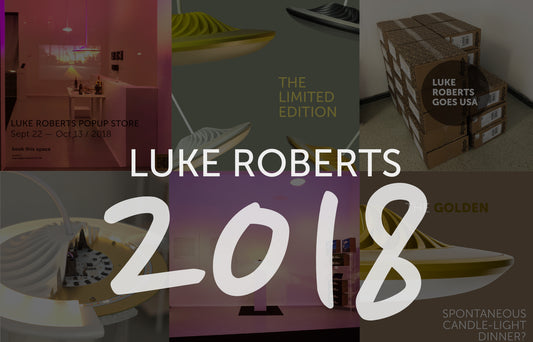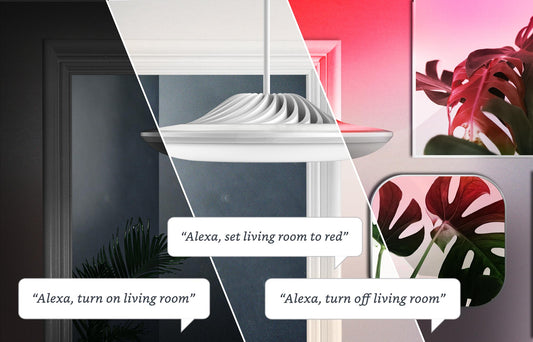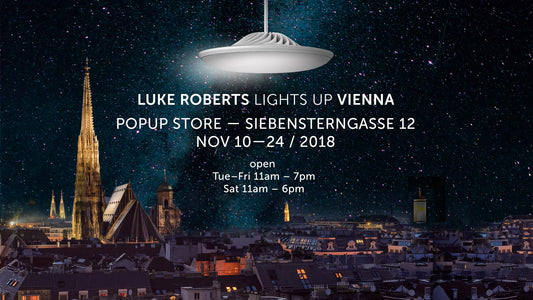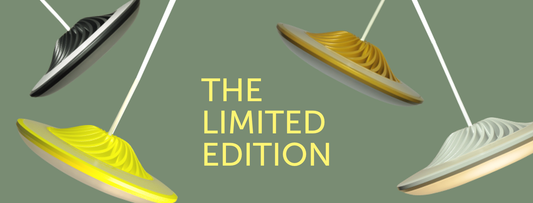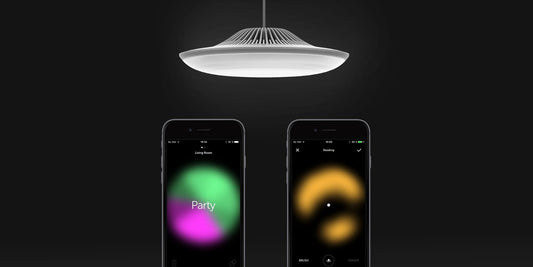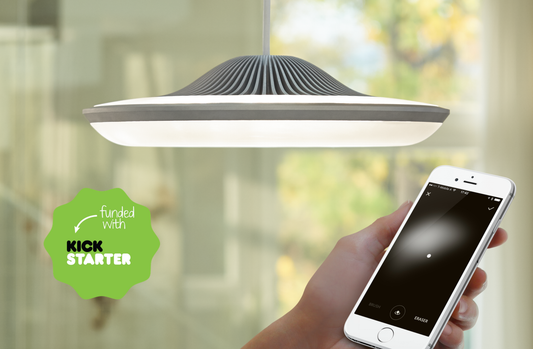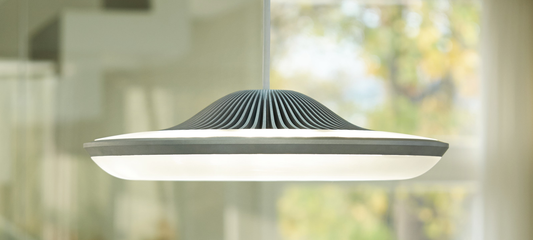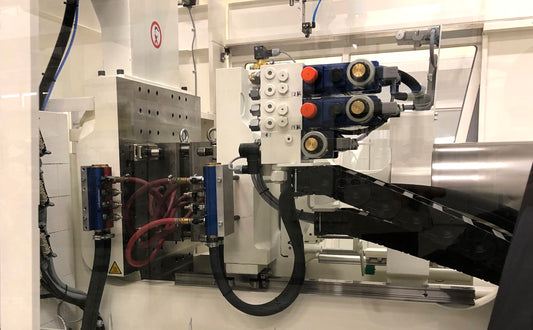
How a luvo is different from other smart lighting: a comparison
Let’s ease some of those decisions together. We’ve checked the key qualities of illumination and the key differences of some common smart lighting fixtures (with integrated LEDs) – and of course, how a luvo shines in all that.
The Lighting 101
We kick off the comparison with a quick trip to the dazzling world of illumination. So you know why we compare what we compare (and why you should care).
Light Design
The first categories are all about the actual light each lamp emits. Does the lamp shine bright or dark enough, can you change to a different atmosphere from morning to night? In short, what are the options for designing with smart light so it matches your home and your needs.
In more detail, your design toolbox looks like this
-
Dynamic Light Direction, refers to where a light goes by addressing different LEDs in the fixture. The light can be focused on specific areas (like a reading spot), be diffused evenly for a general illumination, or be used for different effects (like uplight for indirect moods). A lamp such as Luvo has the ability to adjust dynamically where and how light is cast. Enjoy flexibility and a tailored lighting experience at its best.
-
Brightness, measured in Lumen (lm). Specifies how much light a light source emits. A higher lumen count means a brighter light, while lower lumens provide a softer glow and less intense illumination. For reference, an old-fashioned 60 W light bulb provides you with 720 lm. An LED smart lamp has a more efficient output. Another plus, you can always dim down or level up the light’s intensity.
-
Light Temperature, measured in Kelvin (K). Determines the cold and warm hues of a light source. Think of rather natural light tones from dusk till dawn. The temperature sets the room’s ambiance ranging from low Kelvin (= cosy, warm, cosy, yellowish) to high Kelvin (= cool, bright, bluish).
-
Light Colour Range, mixed in the spectrum of Red, Green, and Blue (RGB). Means the millions of colour hues a lamp can produce by mixing those primary ones (RGB). From vibrant reds to deep blues, this allows for personalized room aesthetics, thematic, or mood lighting.
-
Light Quality, indicated in the Colour Rendering Index (CRI). Tells you how accurately a lamp displays the colours of various objects in comparison to the natural light. A higher CRI (>80) means colours appear more true to life, which brings clarity and comfort for your eyes. Good light quality is crucial in work spaces, art galleries and where colour precision is key.
Lamp Control
Simply put, these categories look at the extended means of a standard light switch. It’s what often comes to one’s mind when “smart” is added to lighting. We check the options you have at hand today for managing a lamp in the most convenient way. From a tap on your smartphone to a word from your couch.
The most common ways to control a smart lamp today are:
- Mobile App (iOS & Android)
- Voice assistants like Amazon Alexa or Apple's Siri
- Smart Home Automation Systems
- Connectivity (Bluetooth or WLAN)
Additional Features
This one is short and sweet, we’re checking some notable features each lamp brings to the table.
Luvo vs. Other Players
Here are the products we put our luvo against:
- Luke Roberts luvo: smart Matrix LED pendant lamp
- Shade OS1: smart pendant lamp
- Philips Hue Ensis: smart pendant lamp
- Nanoleaf Skylight: smart ceiling light panels

In a wrap
With light, you can transform how you perceive the spaces you live and work in every day. All compared smart lighting solutions help us to do so. They represent different blends of convenience and functionality, of light customization and control.
The Shade ØS1 combines minimalist Nordic design with adjustable LED zones. While limited in their directional precision, the Shade is great in aesthetics and for setting the mood of a room.
The Philips Hue Ensis is versatile in its colour range and intensity. Philips Hue offers the widest range of products and integrations into other smart home systems, and thus the most convenience in terms of control. Yet, to get customized and targeted lighting, you need a set of multiple lamps and different products.
Nanoleaf’s Skylight panels are modular and interactive. They create a special visual statement with dynamic, animated scenes and even music and screen sync. For a good lighting effect, you have to go for various panels.
A luvo focuses on the versatility of lighting. It’s not just about changing colours or dimming lights; it’s about controlling where the light goes and how it interacts with your room. Imagine being able to focus a beam of light exactly where you want it: be it on your late-night reading spot on the couch or highlighting your favourite art piece on the wall.
This luvo’s directional lighting capability is unique, just as everyone’s home is – no matter if you're a tech-savvy enthusiast or a newcomer to the world of intelligent illumination. That’s why choosing a luvo means opting for a lighting solution that’s both smart and practical, always aligned with your lifestyle and needs.
